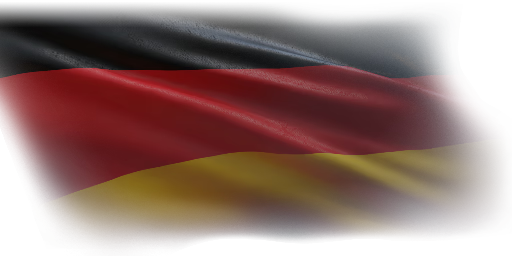
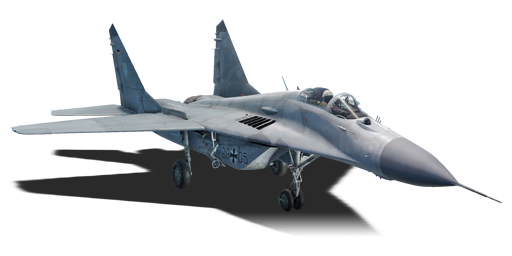



After the re-unification of Germany, the Luftwaffe liquidated or scrapped almost all of the Soviet-made NVA aircraft they had inherited. The notable exception were the MiG-29s, which not only were a valuable asset for NATO in dissimilar combat training, but as testing shortly afterwards showed, were superior to most fighters in service with NATO at the time. As such, it was decided to keep the MiG-29s in Luftwaffe service, and to extend their life by replacing parts and upgrading avionics to meet NATO standards and certifications. The resulting project was the MiG-29G. To integrate these aircraft into NATO operations, The MiG-29G had been upgraded with NATO-compatible communication and navigation systems, making it fully interoperable with NATO forces. The MiG-29G was also equipped with Western avionics. The aircraft was designed to operate in a multi-role capacity, capable of both air-to-air and air-to-ground missions. This German MiG-29 variant, with its blend of Eastern airframe prowess and Western technology, represented a unique fusion of capabilities that set it apart from its older Soviet counterparts and made it a valuable asset for NATO.
The MiG-29G (Germany), introduced in Update "Kings of Battle", is a major step in advancement from its counterparts in War Thunder. The main upgrade in this variant is the availability of the R-27ET1 and R-73E missiles which its older predecessor, the MiG-29 (9.12) lacked. The true advantage in this model lies in its airframe type; while the older East German MiG-29 and its Soviet counterpart, the MiG-29 (9.13) lack the advanced R-73 and R-27ET missiles in-game, the MiG-29G acts as a "next generation" equivalent (and direct sidegrade) to the Russian MiG-29SMT. While the MiG-29G lacks the upgraded ground ordnance, increased countermeasure count, expanded fuel capacity, and new radar system of the MiG-29SMT, it also lacks the main drawback of the SMT: the massive increase in weight turning the SMT into a "missile bus" compared to previous MiG-29s. The MiG-29G as such is essentially just the older 9.12 that players are already familiar with, but now with new and upgraded missiles to enhance its lethality in aerial combat.
flaps
flaps
flaps
brake
| Belt | Belt filling | Armor penetration (mm) at a distance: | |||||
|---|---|---|---|---|---|---|---|
| 10 m | 100 m | 500 m | 1000 m | 1500 m | 2000 m | ||
| AP-T/HEF-I | 55 | 53 | 45 | 37 | 31 | 25 | |
| AP-T/HEF-I/APHE/HEF-I | 55 | 53 | 45 | 37 | 31 | 25 | |
| AP-T/APHE | 55 | 53 | 45 | 37 | 31 | 25 | |
| AP-T/HEF-I/HEF-I | 55 | 53 | 45 | 37 | 31 | 25 | |
| APHE/HEF-I/HEF-I | 42 | 40 | 34 | 28 | 23 | 19 | |
| Name | Weight | Slot | ||||||
|---|---|---|---|---|---|---|---|---|
| 105 kg | 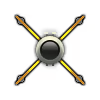 |  |  |  |  |  | ||
| 20 × | 376 kg |  |  |  |  | |||
| 235 kg | 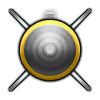 |  |  |  | ||||
| 4 × | 456 kg | 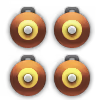 |  |  |  | |||
| 227 kg |  |  |  |  | ||||
| 2 × | 454 kg | 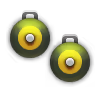 |  |  |  | |||
| 236 kg |  |  |  |  | ||||
| 2 × | 472 kg | 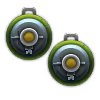 |  |  |  | |||
| 275 kg |  |  |  |  | ||||
| 2 × | 550 kg | 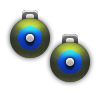 |  |  |  | |||
| 515 kg | 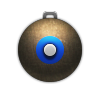 |  |  |  | ||||
| 508.3 kg |  |  |  |  | ||||
| 478 kg | 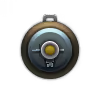 |  |  |  | ||||
| 374 kg |  |  |  |  | ||||
| 253 kg | 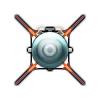 |  | ||||||
| 350 kg |  |  | ||||||
| 343 kg | 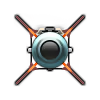 |  | ||||||
| 245.5 kg |  |  | ||||||
| 2 × | 1,030 kg | 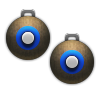 |  | |||||
| 2 × | 1,016.6 kg | 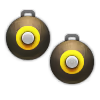 |  | |||||
| 2 × | 956 kg | 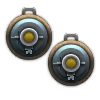 |  | |||||
| Drop tank (1520 liters.) | 116 kg |  | ||||||












Flight performance | |
|---|---|
Survivability |
|---|
Weaponry | |||
|---|---|---|---|